Story by Melissa Hendricks
Illustration by Annie Bissett
Photos by Will Kirk
In an effort to broaden their methods for healing, Johns Hopkins nursing faculty and students are increasingly looking outside the scope of conventional training to explore Complementary and Alternative Therapies.
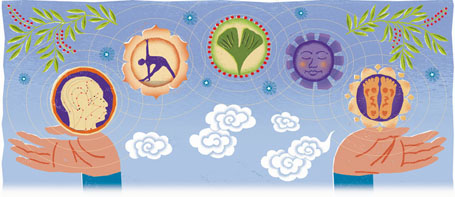
At the start of her 7:30 p.m. to 7:30 a.m. shift, Crystal Guengerich ’02 squeezes into a closet-sized room with three other nurses at the Kennedy Krieger Institute to prepare her patients’ evening medicines. The tiny room contains the most advanced drugs available for children and teenagers with brain or spinal cord injuries and illnesses. There’s heparin to prevent blood clots; Baclofen to reduce muscle spasms; Valium to relax hyper-contracted muscles. There are also acid-reflux medicines to ease irritation in patients with feeding tubes, medicines to regulate bowel function, and more.

In her work with patients, Guengerich relies on some of the most sophisticated tools modern medicine has to offer. She says she has seen that technology do wonders. However, the nursing care she finds most fulfilling, and that many of her patients most appreciate, has nothing to do with a pill, injection, or machine. It is simply her touch.
In addition to her nursing degree, Guengerich is a certified massage therapist. When she can make the time, she uses her massage skills in her work with patients. She has massaged the arm of a teenage girl in a coma before inserting an IV line. She has used massage to calm a 9-year-old with a brain injury whose anxious fears kept him awake at night. She’s kneaded out tight knots in the neck and shoulders of a paralyzed teenage girl who relies on those muscles to operate a special wheelchair. And tonight, Guengerich hopes to give a massage to a teenage boy with a spinal cord injury who has a fierce headache.
Massage, says Guengerich, is especially suited to these patients. It improves muscle tone, eases pain, helps them cope with stress, and may even reduce their need for medications. Moreover, massage provides her patients with immediate gratification. “My one complaint with nursing, especially in the hospital setting, is that you often forget to stop and just touch your patients,” says Guengerich. “Massage gives you a chance to stop and touch.”
Like Guengerich, many nurses today are exploring techniques that are outside of the scope of conventional medical training—techniques like massage therapy, acupuncture, meditation, yoga, herbs, Reiki, aromatherapy, and others that fall under a broad category of healing systems and methods called Complementary and Alternative Medicine (CAM).
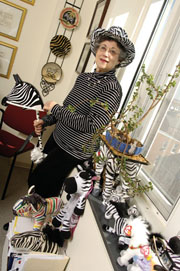
Nursing schools are also taking an interest in CAM. A growing number are integrating CAM or a broader scope concept known as holistic nursing into their curricula. At the Johns Hopkins University School of Nursing, the Introduction to Complementary and Alternative Healthcare has become a popular choice among students since it was first introduced in 1998, notes senior associate dean Anne Belcher, PhD, RN, AOCN, FAAN. In addition to that course, faculty throughout the School of Nursing include elements of CAM in other courses—from basic skills labs to pharmacology. Faculty and students may also attend lectures and workshops at reduced rates at the Tai Sophia Institute, in Laurel, Maryland, which offers courses and master’s degree programs in acupuncture, herbal medicine, and applied healing arts.
“Nursing students should be learning about CAM because the patients nurses are working with are using these modalities,” says Lori Edwards, MPH, RN, APRN, BC, who teaches the Introduction to CAM course. The Centers for Disease Control and Prevention’s 2002 National Health Interview Survey, administered to 31,000 adults, revealed that 36 percent used some form of CAM therapy. That figure rose to 62 percent when respondents were asked if they used prayer for health reasons.
Another important piece of information for nurses to know is that many patients use alternative health practices that are rooted in their cultural backgrounds, adds faculty member Maureen George, PhD, RN. In her recent study of African-American asthma patients in Philadelphia, George found that only 60 percent reported adhering to a twice-daily dose of asthma medicine they had been prescribed. However, all the patients were using alternative treatments. Some were following harmless home remedies, such as drinking a syrup made from onions. But a few were using potentially toxic practices, such as eating a mentholated chest rub.
Nurses are in a perfect position to teach patients how to blend alternative practices with conventional medical care, a concept called integrative medicine, says physician Adrian Dobs, professor of medicine and oncology at the Johns Hopkins University School of Medicine. Dobs is also the principal investigator of the Johns Hopkins Center for Complementary and Alternative Medicine. “Nurses are closest to the patients, so they’re the ones who can teach patients about integrative medicine,” she says. They might instruct on how to use meditation to reduce stress, for example. Or a nurse might discuss the link between optimism and health, a connection supported by a growing body of evidence, such as a study showing that an optimistic outlook appears to help stroke patients recover more quickly.
That attention to mental outlook ties into a philosophy called holism, which itself is a common theme in many forms of alternative medicine. Holism is the belief that the patient is not just a physical body or collection of symptoms, but a whole person—body, mind, emotion, and spirit, explains Carla Mariano, president of the American Holistic Nurses Association and a professor of nursing at New York University. In holistic nursing, a nurse may consider a patient’s personality, culture, lifestyle, mental state, environment, social support system, and a raft of other factors. Patients themselves are expected to be active partners in the health care process, she adds. “The first two questions we ask a patient are: ‘What do you think is going on with you?’ and ‘What do you think will help?’” And nurses are part of the healing environment, offering warmth and compassion.
The idea of attending to the patient as a whole person, however, is not new to nursing, says the School of Nursing’s Belcher. Florence Nightingale embraced this philosophy. The nursing pioneer stressed the need for clean water, fresh air, light, compassionate care, and spiritual support. In fact, many of the CAM practices that sound avant-garde today go back to the beginning of nursing. In Florence Nightingale’s day, for example, herbs were essential tools in every nurse’s bag, starting with mustard plasters for joint inflammation and congestion.
“I’m about to go into my 40th year of nursing,” says Belcher, “and I remember in my early years as a nurse using massage. Every patient got a back rub back then. The drill was ‘bed, bath, and back.’” Nurses also used guided imagery and relaxation to help alleviate nausea and other symptoms, Belcher recalls.
But at some point the drill changed, and nursing, indeed all of health care, came to focus more on the body and less on the other parts of the whole.
Many nurses who are now drawn to CAM are searching for a way to reconnect with that traditional concept of nursing. Lori Edwards, for example, has had a long interest in CAM, dating back to her doctoral work, which involved research on the alternative health practices of Vietnamese immigrants. Edwards herself has taken massage courses and periodically receives acupuncture. Seven years ago, she decided to expand what she knew about CAM into the elective course now offered at the school.
In her course, Edwards discusses the four categories of CAM, as designated by the National Institutes of Health National Center for Complementary and Alternative Medicine: mind-body methods (such as meditation, yoga, and prayer); biologically-based methods (such as the use of herbs or homeopathy); manual healing methods (massage, acupuncture, and chiropractic care); and energy therapies (Reiki). Practitioners of several of these methods visit the class throughout the semester.
One of the favorite speakers has been Amy Bloom Connolly, who directs meditation programs throughout the Baltimore region. Connolly talks to students about a concept called mindfulness. “It’s a moment-to-moment, non-judgmental awareness,” she explains. “So you’re paying attention to what’s happening in your life with great care and attention and great kindness.” Nurses and physicians who have taken her workshops report that the practice helps them listen more fully and more patiently to their patients. During her class visits, Connolly talks students through some meditation exercises. In one, a “raisin meditation,” students take as many as eight minutes to eat a raisin, noticing along the way every groove and wrinkle, the way the raisin smells and feels, its color and shape. The exercise, says Connolly, helps students understand that we often overlook the small events in our lives—unfortunate, since seemingly inconsequential details can actually offer a rich, complex landscape. “This has important implications for creating a more responsive patient-practitioner relationship,” she says.
At the School of Nursing, instructors also include information on CAM in the pharmacology course, specifically information about herbal medicine. “It’s really important for nurses to know these herbals can really do something and can have positive effects and adverse effects,” says Susan Immelt ’77, PhD ’00, who delivers a lecture on herbals and botanicals for the course.
Students must learn that herbal use has skyrocketed over the past several years, and not just among the “worried well,” says Immelt. Studies show that large and increasing numbers of oncology patients use herbal remedies. At the same time, the FDA does not regulate herbals. The precise contents of a bottle can vary from one manufacturer to another or from one lot to the next, and there is no guarantee that the label is accurate. Students should be familiar with the therapeutic effects of various herbals and their contraindications. For example, the herb St. John’s wort, which some patients take for depression, should not be used along with a prescription anti-depressant such as Prozac. Both increase serotonin levels, and together, they could lead to hypertension. Another bad mix is garlic pills, sometimes taken to reduce cholesterol, and the blood-thinner Coumadin, a combination that can cause bleeding.
“People are often embarrassed to tell their health care provider they’re taking herbs,” says Immelt. That’s where nurses come in, she tells students. Nurses should be prepared to ask patients whether they are using any herbs, and then counsel them to inform their physicians if they are.
Edwards wants her students to move beyond knowing the basics of CAM to considering how they might use its ideals to further develop their skills for patient care. “I’d like them to think about enhancing the quality of patient care—putting the patient first, caring in a deeper way, being more present, more compassionate, and more attentive,” she says.
For clinical instructor Margaret Haroth, MS, RN, BC, including CAM in her teaching involves emphasizing the holistic philosophy—“seeing the individual in body, mind, and spirit, rather than as someone with a kidney problem.” With students, she stresses the concept of “presence,” the idea of genuinely being with a patient. “No matter how busy you are, never go into a patient’s room without making eye contact. It’s important to be very focused on what they’re saying, just listening, and being silent,” Haroth says.

Other faculty are delving into these areas in their own research and clinical work. Professor Fannie Gaston-Johansson, PhD, RN, FAAN, has examined how a person’s thinking can influence her physical and mental well-being. In one study, she and her colleagues taught a group of breast cancer patients a series of cognitive coping skills while the women were undergoing chemotherapy. Called the comprehensive coping strategy program (CCSP), the strategies included lessons on using guided imagery and muscle control exercises to achieve relaxation, and methods for turning negative thoughts into positive ones, or avoiding catastrophic thinking.
Gaston-Johansson then compared those women to a randomly selected control group of breast cancer patients who had not learned the coping skills. The results showed that women who had learned the coping strategies experienced significantly less nausea and fatigue, and had less anxiety and depression. These strategies are powerful and important tools, says Gaston-Johansson, because they give patients a way to cope with a part of their illness.
Anne Belcher offers patients a different tool. Her prescription for self-care might read: “Liberal amounts of humor, to be taken frequently.”
Belcher’s office is full of toys and props—stuffed zebras, a slinky, a cowboy hat—which she uses in the talks she gives to cancer patient support groups about using humor as a coping strategy. Belcher encourages patients to bring laughter into their lives, whether by thinking about funny movies they’ve seen, reading funny books, or playing with toys. Humor, she says, can distract patients from their pain. “We also know it stimulates the release of endorphins, that can help control pain and help people sleep better and enhance GI activity. There’s evidence it loosens up your muscles, that with humor we breathe better and our blood pressure goes down. There’s some evidence it boosts our immune system. And, of course,” she says, “it helps psychologically.”
While many of the basic tenets of CAM are rooted in nursing’s founding principles, one thing that has changed is that some nurses are seeking formal training in the area of holistic health. Several schools now have undergraduate or graduate programs in holistic nursing, and the American Nurses Association recently recognized holistic nursing as a formal nursing specialty, with board certification offered at the basic or advanced level. And nurses like Guengerich are using some of the old techniques now with specialized training. Guengerich, for instance, learned basic massage in a skills lab at the School of Nursing, and expanded that knowledge at massage school, where she studied and practiced Swedish massage and deep-tissue massage techniques during the year-long training program.
Tonight, Guengerich approaches the door of 17-year-old Darin Ruark, and knocks gently. She has a calm and reflective manner of talking and speaking, and a natural ease around her patients, which probably comes from having grown up around many disabled children, whom her mother cared for as a foster parent.
“Hi. How’re you doing?” Guengerich asks Ruark.
Ruark smiles slightly. He is lying on his back in bed, while his mom sits on a reclining chair at his side. He is a handsome young man, with thick, dark hair and eyebrows. Last July, an auto accident left his legs paralyzed. He has been at the Kennedy Krieger Institute for almost four months receiving treatment.
A few days ago, Ruark had a drug pump implanted in his abdomen. The device will deliver a constant dose of medicine through tubing to his spinal column, and promises to curb the relentless and severe muscle spasms he’s had in his legs. For now, though, he’s fighting a fierce headache, possibly a side effect of the surgery.
Guengerich places her hands on the side of Ruark’s face nearest her and begins warming the tissue with long strokes known as effleurage, then works her way up and over Ruark’s forehead to the other side of his face. She then retraces the path using a deeper, kneading stroke known as petrissage. Her fingers seem to have their own knowledge—of where to go, what to touch, how to touch. Yet together, the digits move in a coordinated, rhythmical pattern that resembles rippling waves. The motion is constant and confident.
Guengerich cups Ruark’s forehead, so that her thumbs meet at the center of the brow, and with firm strokes, pulls a thumb over each of his eyebrows. Next, she works on Ruark’s upper arms and his shoulders. Finally, she scoops both hands underneath his head, lifts it ever so slightly, and kneads his scalp.
If she had more time, she would do a longer massage, and would use a technique called myofascial release to slowly stretch the layer of connective tissue that covers the muscles. But the reality is that she has other duties to attend to tonight. Gently, she sets down Ruark’s head and slides her hands out.
“How are you feeling, Darin?” his mother asks.
Ruark closes his eyes. He murmurs, “Relaxed.”
Melissa Hendricks is a freelance writer based in Annapolis, Maryland, who frequently addresses topics of medicine and science.
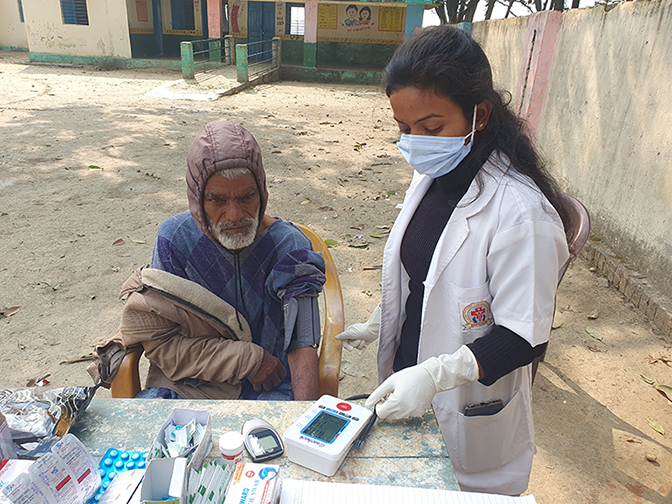 In India, Breast Health Via Wellness Centers
In India, Breast Health Via Wellness Centers  Fannie Gaston-Johansson Faculty of Excellence Program
Fannie Gaston-Johansson Faculty of Excellence Program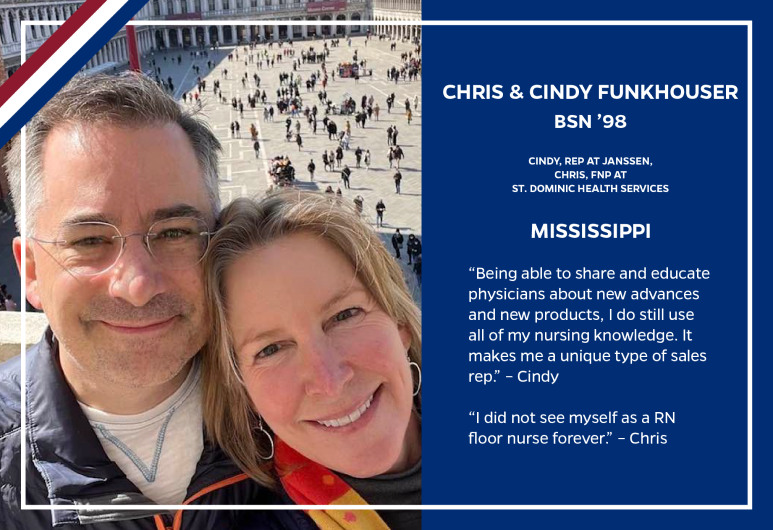 From Here to Forever
From Here to Forever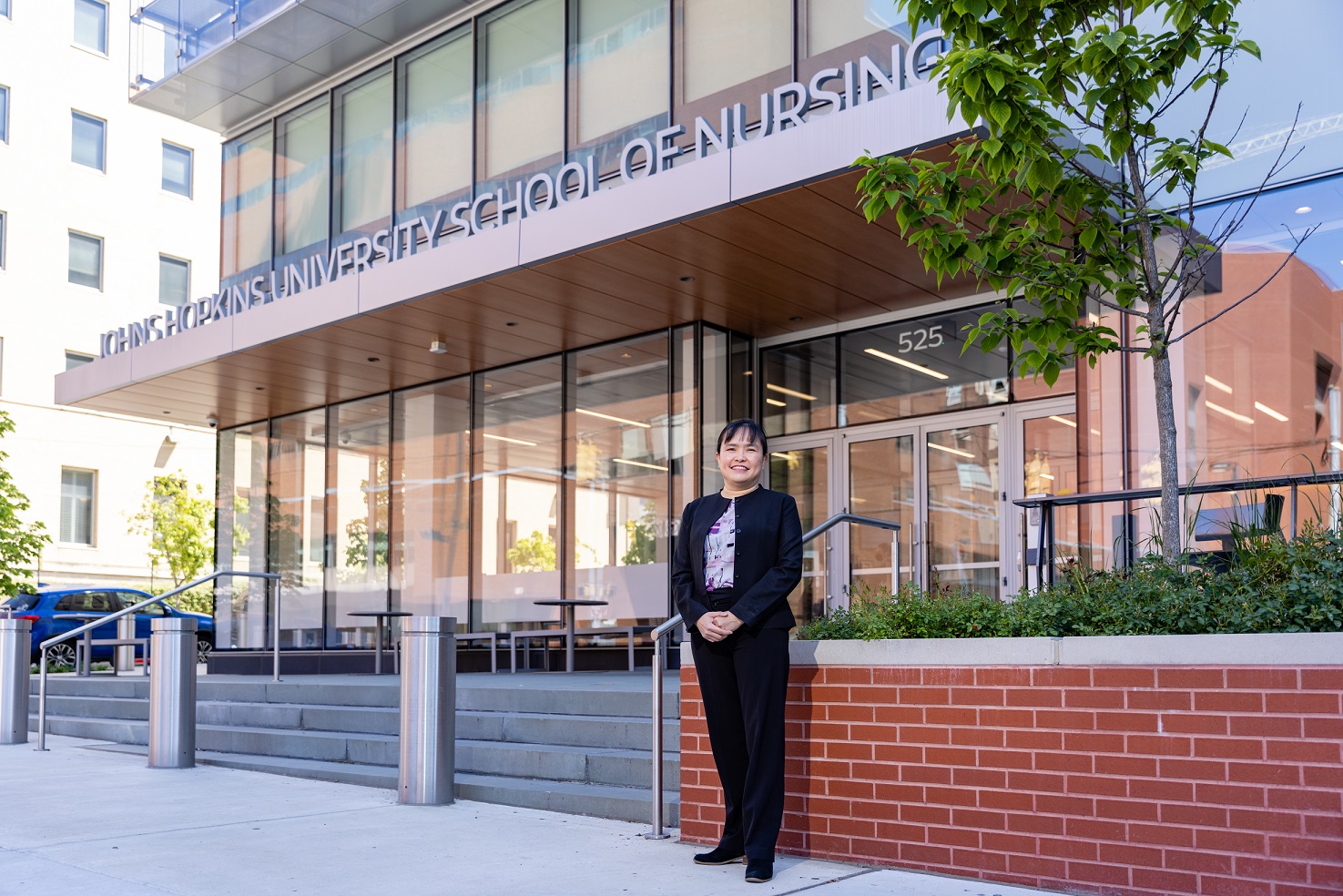 Can We Identify Biomarkers for Pain, Fatigue, and Depression?
Can We Identify Biomarkers for Pain, Fatigue, and Depression?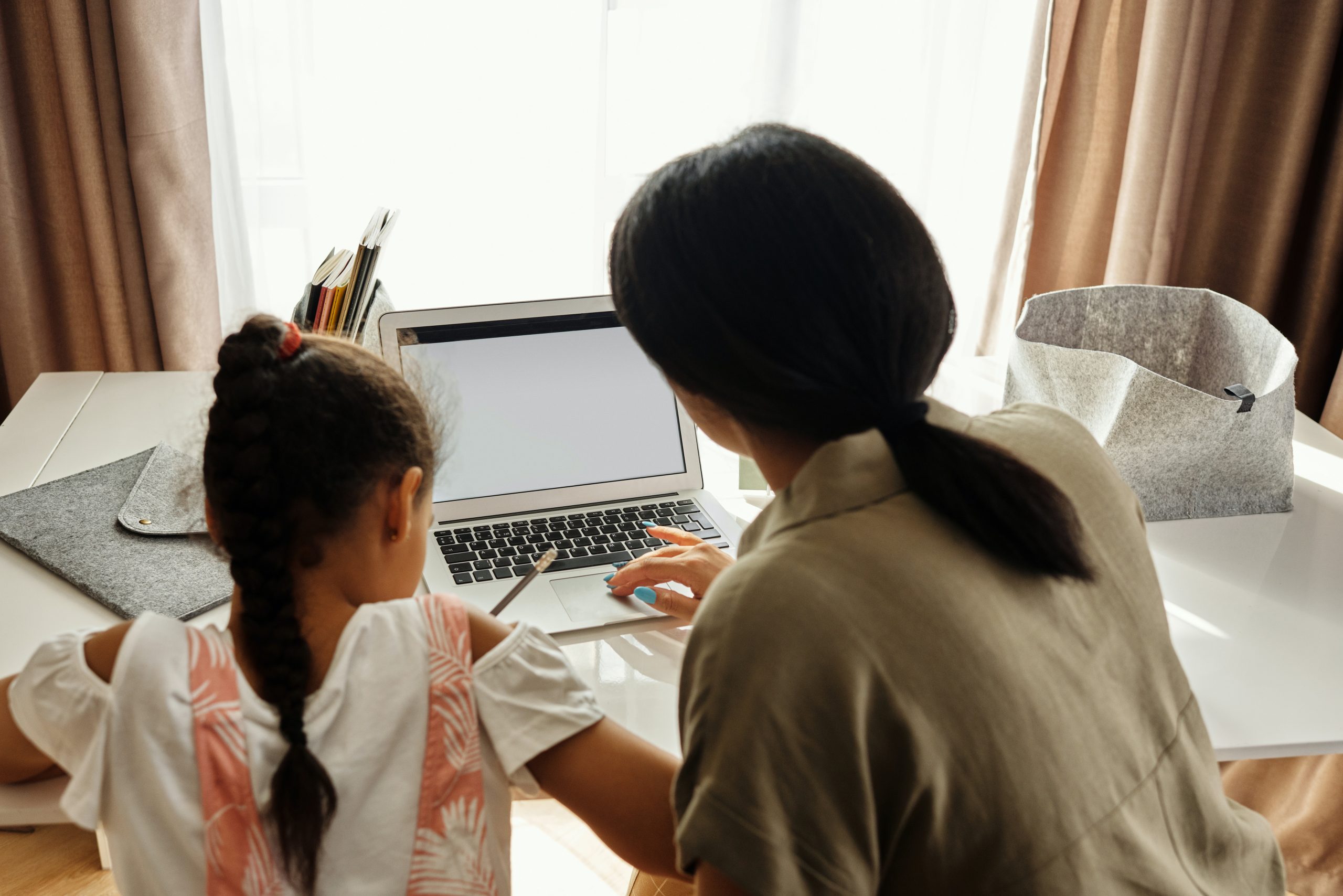 Childhood Cancer Survivors May Face Neurocognitive Challenges. Johns Hopkins’ SUCCESS Lab Works to Ensure They Receive a Quality Education.
Childhood Cancer Survivors May Face Neurocognitive Challenges. Johns Hopkins’ SUCCESS Lab Works to Ensure They Receive a Quality Education.







